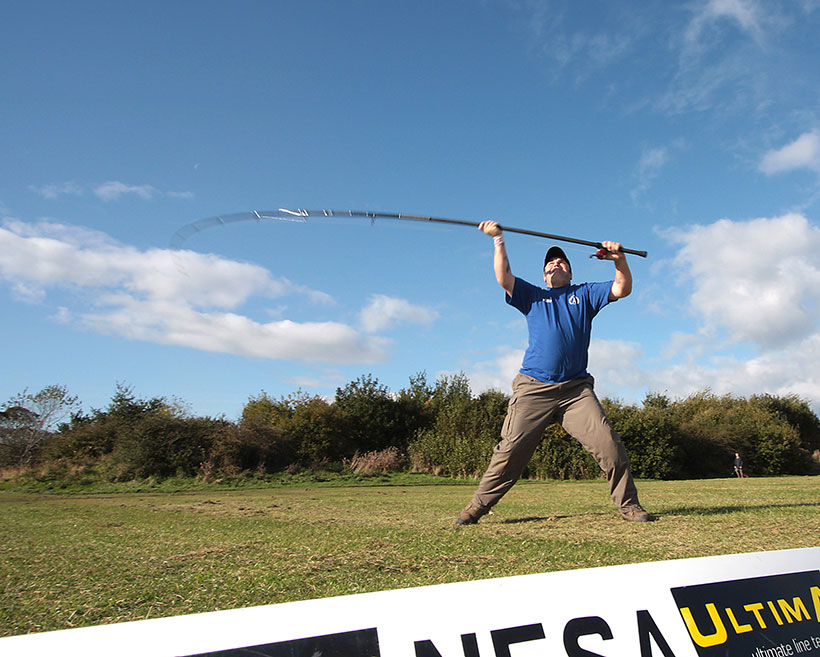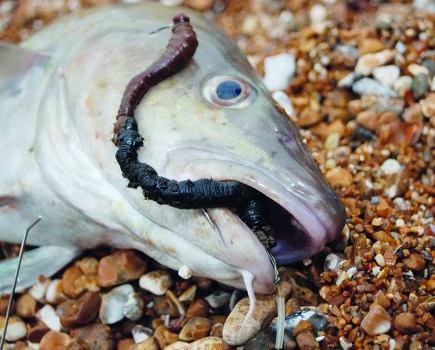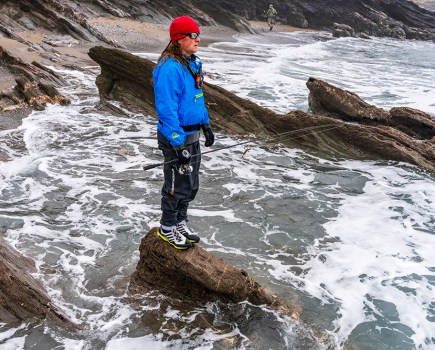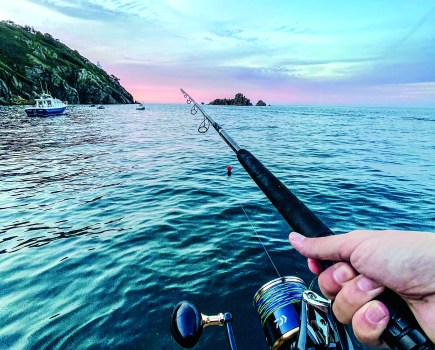John Holden reveals why the position of your reel can make the rod feel softer or stiffer
Most serious casters fix their reels low on the rod handle, so should we all follow suit? Plenty of pros and cons need factoring in if you’re straining for every last metre of distance on the field. Beach fishing is a different world where the advanced stuff is best ignored because it rarely makes much difference. Try both ways and see how you get on.
The first hurdle to overcome is the radically different feel of switching reel control to the “wrong” hand. Letting go of the cast feels awkward, regardless of whether the reel is a multiplier or a fixed spool.
Right Position
Multiplier spool control can be an issue as well, so it’s best to start with brakes and magnets set fully on. Take your time, keep the power down at first and before long the casts will flow properly. Now you’re ambidextrous in the control department and in a really strong position to discover the advantages of both systems.
There is a widespread belief that all long rods need the reel at the bottom, and short ones do better with the reel set high. Why, then, can I happily use a high reel on some long rods, but prefer the low position on some short rods? Length is only one factor. Stiffness and action are usually more important, especially when there’s a hefty chunk of lead to be launched.
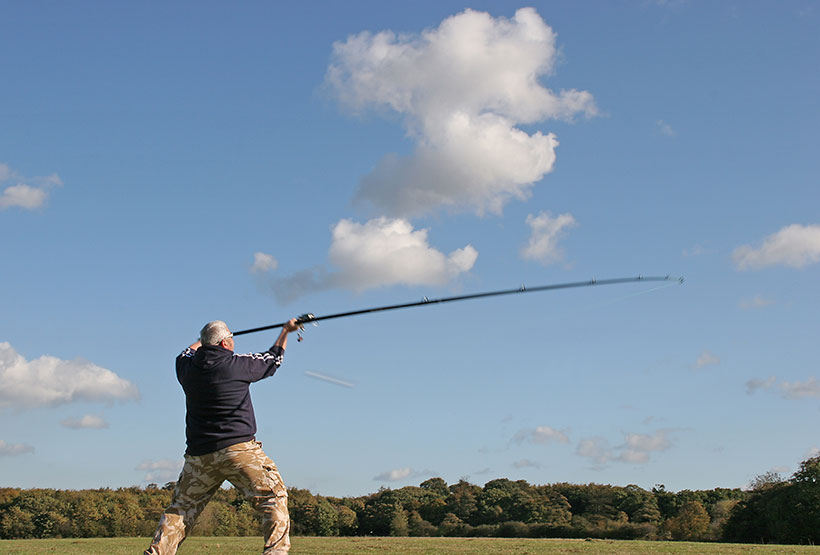
MECHANICS
Leverage and load are the key points in all this. Roughly speaking, a reel at the bottom makes a rod feel softer and more manageable, while at the top it can stiffen the action and make the load feel heavier. The blank itself never changes, but the underlying mechanics of the two set-ups certainly do. A rod may feel perfect reel-up with, say, 150g of lead weight but uncomfortably stiff and harsh with 170g or more. Reel down, though, 170g feels just right.
Conversely if a rod feels a touch gutless with the reel low, a higher reel position adds the extra steeliness that makes it work really well. The rule of thumb with UK-type beach rods, which are pretty stiff and quick, is that the longer the rod, the more likely we’ll do better with the reel low. Yet an even longer but softer Euro-type rod may well perform better with the reel high.
So much for casting out. If a rod is sitting in a rest, reel position doesn’t make much difference except that low reels are more exposed to sand and muck. If the rod is handheld all the time, such as for surf fishing, the high position is far more comfortable because you can tuck the handle under your arm.
Winding in your gear isn’t usually an issue either way until there’s a big load to shift, such as a sulky ray in fast water. That can be a wearing business with the reel up top. With reel low, rest the butt cap on your belly, take up the slack then ramp up the pressure by leaning backwards. Easy work.

